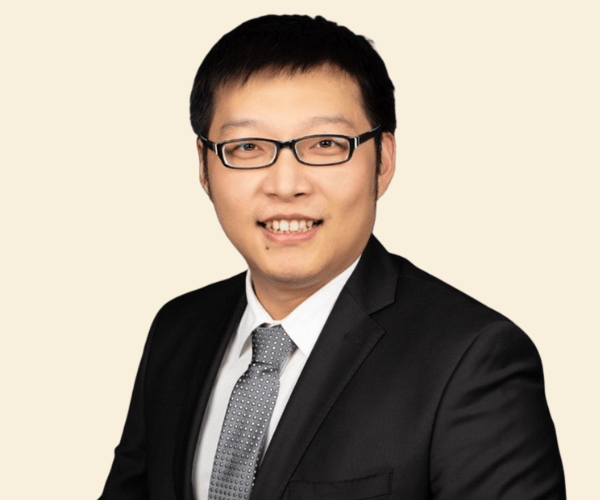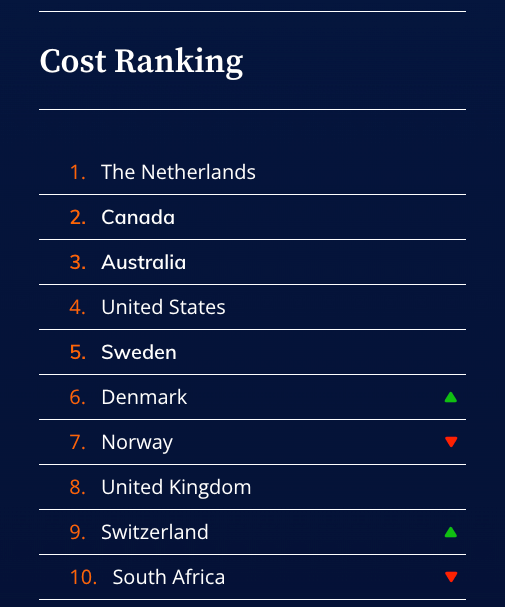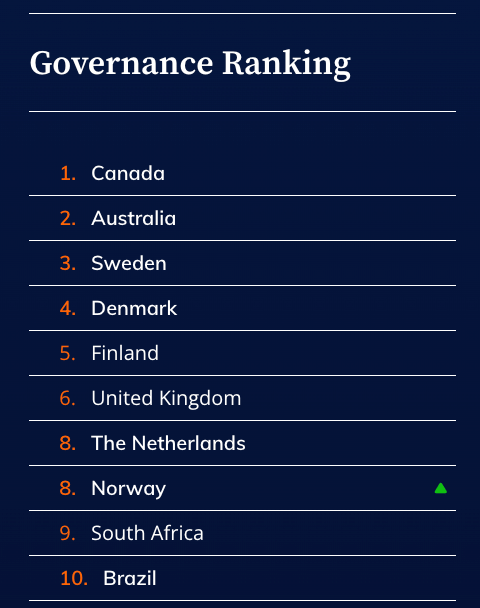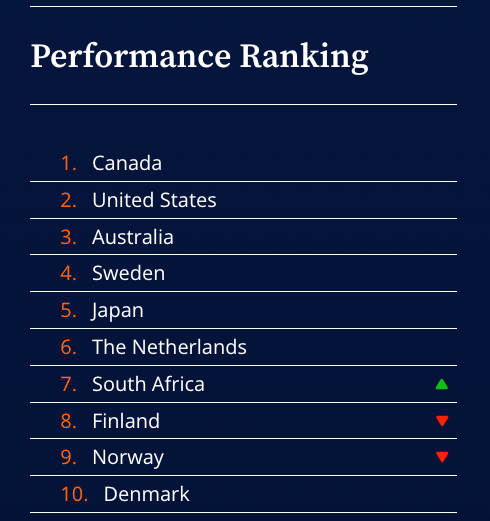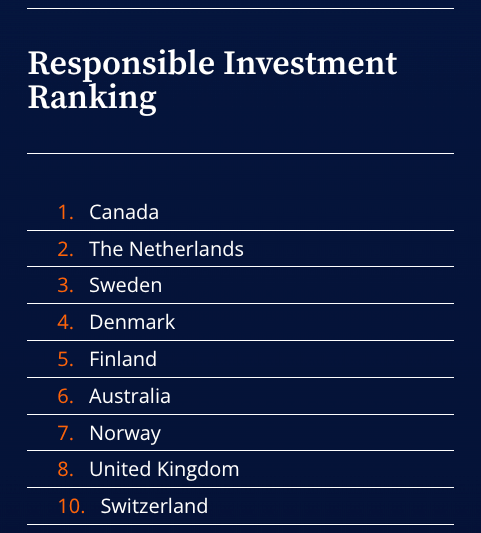A lot of words have been written to explore what risk is and we are responsible for some of them. Here we make the case that risk looks different to different models of reality. Sometimes understanding is illuminated by considering what something is not. So, risk is not historic volatility, and it’s about not knowing. The future is fundamentally hidden – we just don’t know.
Turning to what risk is, for us it is mostly about a permanent impairment to mission. If an outcome has the potential to compromise our ability to meet our mission, then we are facing considerable risk. If, instead, it is merely unwelcome, uncomfortable and stressful then either we have enormous buffers, or our risk management is excellent. When thinking about risk, context matters.
Models of reality
We have previously written about the need to build models of reality. Reality is too big and too complex to understand, and so we build models – simplifications. As simplifications these models will be wrong, but many of them are useful. Once upon a time we modelled the solar system with the Earth at the centre. This was wrong but useful enough for its time. However, if we had failed to update this model our subsequent attempts at space exploration would have been far less successful. By analogy, we are arguing that we need to update from risk 1.0 to risk 2.0. These are built on different models of reality, as we explore below.
Risk 1.0
The origin story of risk 1.0 starts with Harry Markowitz in 1952. From this point flows the tools (eg mean-variance optimisation, capital asset pricing model etc) and theories (eg modern portfolio theory, separation theorem etc). However, all of it is based on a particular model of reality which is no longer fit for purpose.
Classic economics built a model of reality, and derived laws to explain the behaviour of that model. Within the model, we could perform calculations and make predictions, while deviations of the model from observed reality could be explained as ‘exogenous shocks’ (originating outside the system). Risk model 1.1 was essentially a Gaussian log-normal distribution combined with the knowledge that we would be hit from time to time by unknowable and unquantifiable shocks. We have now risen up the rungs of this ladder to risk model 1.x, which is ‘Gaussian with very sophisticated modifiers’. The modifiers can change the shape of the tails of the distribution, and seek to bring into the model as much of the external shocks as possible. In truth, leading edge risk management under risk 1.0 is genuinely impressive. However, it has been unable to address one problem – namely that the ladder is leaning against the wrong wall.
Risk 2.0
If you will forgive us the conceit, we will suggest that the origin story of risk 2.0 starts in 2012. In The wrong type of snow, figure 02 compares ‘risk 1’ with ‘risk 2’. Back then, we already believed that the world was best understood as a complex adaptive system. Since then, we have observed:
- continued growth in complexity, with its associated demands for greater information processing (part of the ‘great acceleration‘)
- a dramatic rise in concern over, and attention given to, climate change
- an adverse shift by climate scientists in terms of their expectations of where climate tipping points lie (ie at lower levels of temperature increase than previously anticipated)
- that we are now in breach of seven of the nine planetary boundaries
- growing geopolitical risks.
In addition, our thinking on systemic risk has developed considerably.
Again, for the sake of brevity, we will here only address two concepts relating to complex systems. The concepts are endogeneity (originating inside the system) and emergence, and both are important to understand the difference between risk 1.0 and 2.0.
Endogeneity
Risk 2.0, in contrast to 1.0, accepts that risk can arise from within the system, precisely because risk 2.0 assumes a system, and a system has feedback loops. These loops can have physical properties and obey physical laws, such as increasing greenhouse gas concentrations, which trap heat, which changes the risk of hurricane damage for real estate in Florida (and elsewhere). Or they can be more metaphysical, an idea best expressed by George Soros’ ‘reflexivity’. For example, if investors believe that markets are efficient, then that will change how they invest, which in turn will change the nature of the markets (but not necessarily make them more efficient). A reinforcing feedback loop, insufficiently constrained by a balancing loop, can quickly cause a system to exhibit extreme behaviour and trigger tipping points.
Emergence
The second concept, emergence, requires the abandonment of reductionist cause-and-effect thinking, and the embrace of holistic systems thinking where we can observe the effect but will never know the exact cause. Emergence is a characteristic of any complex system where there is a sufficient number of interacting entities. Classic examples are termite mounds and ant colonies.
We can use this idea to consider the global economy. There are billions of us interacting continually, so perhaps the global economy is an emergent phenomenon. We can observe that global economy consumes energy and produces and distributes goods. Is it controllable? Well, 196 countries signed up to the Paris Agreement (many put it into national law), produced commitments to reduce greenhouse gases (nationally determined contributions), and… At the time of writing, the annual production of greenhouse gases is still rising, despite the most powerful actors decreeing that they must fall (see [1] [2]). We know we need to transition away from fossil fuels, so we build renewable energy generation. But the transition doesn’t happen, because the emergent global economy will happily use all the energy it is offered (AI and crypto, anyone?). Perhaps the global economy is not controllable.
Therefore, the main difference between risk 1.0 and risk 2.0 is the underlying model of reality. Newtonian physics for 1.0, and complexity science for 2.0. We are in no doubt that risk 2.0 is conceptually superior, but we acknowledge that it is far, far less mathematically tractable and, for the foreseeable feature, harder to engage with. Building a new risk model, and a new risk management process will be very difficult. It will require us to think wider (to address endogeneity, among other things), and softer (to cope with emergence, among other things) and longer (see later in series).
Tim Hodgson is co-founder and head of research of the Thinking Ahead Institute at WTW, an innovation network of asset owners and asset managers committed to mobilising capital for a sustainable future.
[1] The majority of government targets and actions are insufficient, and in many cases highly or critically insufficient to achieve the goals of the Paris Agreement, see for example
[2] In addition, existing Nationally Determined Contributions fall far short of the amount of emission reduction required to achieve a WB2C outcome, see for example

